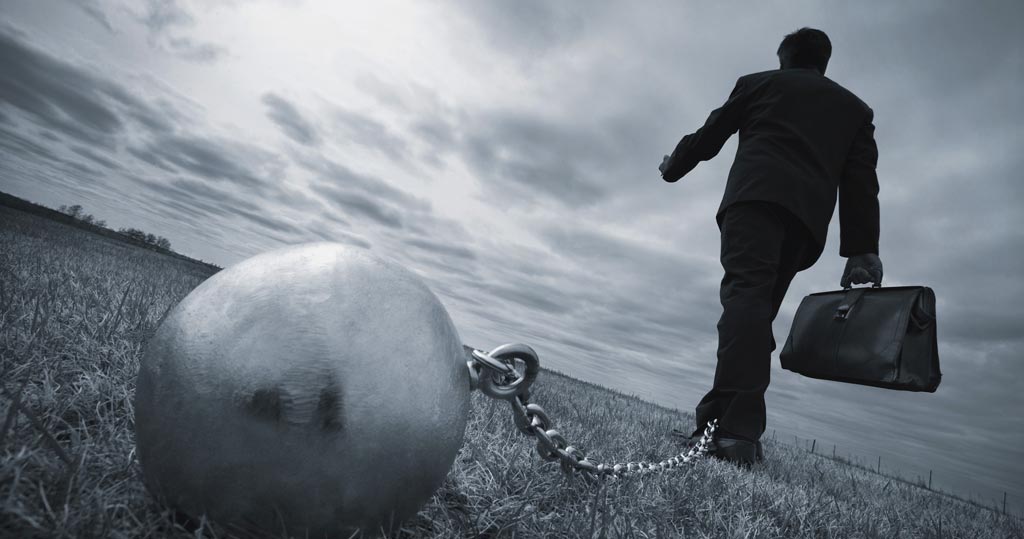
More than 9 million South Africans – half the national labour force – are battling with over-indebtedness and many are taking out more credit to pay off debt, thereby digging themselves deeper into penury, Stats SA says.
Shocking statistics just out indicate 6 000 vehicles and 2 000 homes are being repossessed monthly, with 25 000 people in danger of losing their homes. But what do you do if you find yourself in the same predicament?
Realise the signs
One of the worst things consumers can do is ignore the trouble. Signs of over-indebtedness include regularly accessing short-term loans, the use of a credit card for purchasing groceries or even using it to repay debt, says Charl Nel, Head of Communications at Capitec Bank.
“The consumer should consult with the relevant credit provider to enter into a debt rearrangement or debt restructuring agreement,” he says.
“However, consumers should reduce or remove spending on luxury items and unnecessary budget items before they go this route. They should downgrade on cars, houses or accommodation.”
If, however, you still find yourself in over your head then you may need to seek professional help. Once a notice of application for debt review is made, the consumer will be flagged on the credit bureau to prevent further access to credit, explains Nel. (While under debt review, the consumer is legally protected and credit providers may not perform collection calls, send letters or pursue legal action.)
Sequestration is another option when a consumer’s liabilities exceed his or her assets.
Debt counsellor DebtBusters says this process “entails selling an individual’s current assets to pay off or lessen their current debt”.
Legal firm Cawood Attorneys says if you have exhausted all your options then creditors will proceed with any means necessary to recover your debt.
This includes “attaching your assets and selling it on forced auctions – where the assets usually fetch poor prices; attaching a portion of your income in terms of a court order, subject to legal fees, collection commissions and interest; and attaching debts due to you (accounts still payable by your clients) in terms of a court order, subject to legal fees, collection commission and interest”.
Nel says sequestration “allows for rehabilitation after five years, but this is subject to consequences – ie the sale of movable and immovable assets, legal fees and that it must be to the benefit of the credit providers”.
Administration is the third option for consumers whose debt is R50 000 or less, where all the consumer’s debts are consolidated and placed into the hands of an administrator who, for a fee, makes payments on behalf of the consumer.
Check the fees
Says DebtBusters: “Clients’ current debt instalments are reduced and the credit providers receive a debt repayment once every three months. Keep in mind the interest adds up.”
“Handover occurs when a credit provider has exhausted all internal rehabilitation remedies and seeks the assistance of a legal firm or debt collection agency to recover the outstanding debt,” Nel says.
The above each come with their own set of fees – so make sure you educate yourself on what these are. – Business reporter
